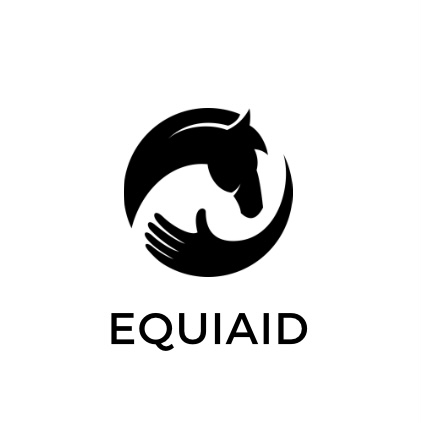As horse owners, we want to make sure we are giving our horses the best possible care, including appropriate exercise and training. One common question that comes up is, “How long should I train my horse daily?” The answer, of course, varies depending on the horse’s age, fitness level, and discipline. Let’s take a closer look at some of the factors to consider.
According to equine fitness expert Jec Aristotle Ballou, “The amount of time spent in exercise or training has less significance than how we use that time.” She emphasizes that quality is more important than quantity, and that we should focus on doing exercises that are beneficial for the horse’s specific needs. This could include a combination of riding, groundwork, and other forms of exercise.
It’s also important to take the horse’s age and fitness level into account. For example, a young horse may not have the physical capacity for a long training session, while an older horse may need more rest breaks. Ballou recommends starting with shorter sessions and gradually building up as the horse becomes more fit and able to handle longer work.
Another consideration is the discipline or activity the horse is being trained for. A horse in heavy work, such as a racehorse or eventer, will likely need longer training sessions than a horse used primarily for trail riding or pleasure riding. Ballou suggests varying the horse’s training schedule based on their discipline and goals.
It’s important to remember that each horse is an individual and may have different needs when it comes to training. As Ballou notes, “One horse may need a short, intense session to stay fit and focused, while another horse may do better with longer, more relaxed sessions.”

When I first adopted my horse, he had been through a difficult period of rehabilitation after a serious injury. Although he had been cleared by the vet to start training again, I was hesitant to push him too hard too soon.
He was my first horse, and during the time as a new horse owner, I had read all the books and watched all the videos on how to train a horse, but putting it into practice was a different story. I struggled with finding the right balance between pushing him enough to make progress and not pushing him too hard that he might get injured again.
To make matters worse, my horse was stubborn and easily distracted. He would often refuse to do what I asked him to do, and I found myself getting frustrated and discouraged.
I reached out to other horse owners for advice and tried various training techniques, but nothing seemed to work. I began to doubt my abilities as a horse owner and trainer.
It wasn’t until I sought the help of Jec ballou’s online program things started to turn around. With her guidance, I learned to read my horse’s body language and adjust my training accordingly. I also discovered new training methods that worked better for my horse’s personality and learning style.
Through perseverance and dedication, my horse and I made progress, and I saw her confidence grow with each training session. It was a long road, but the journey was worth it.
So, what’s the bottom line?
Rather than focusing on a set amount of time for training, we should pay attention to the horse’s individual needs and work to create a training program that is beneficial and enjoyable for them. As Ballou says, “The ideal length of a training session is one that leaves your horse feeling happy, relaxed, and energized.”

For more information on equine fitness and training, check out Jec Aristotle Ballou’s books “101 Dressage Exercises for Horse & Rider” and “55 Corrective Exercises for Horses” which provide a variety of exercises for different fitness levels and disciplines.
In addition, “The Rider’s Fitness Program” by Dianna Robin Dennis offers exercises specifically for riders to improve their own fitness and better support their horses during training.
Finally, “Equine Fitness” by Jec Aristotle Ballou provides a comprehensive guide to equine fitness, including information on conditioning, nutrition, and injury prevention.
Remember, the most important thing is to create a training program that works for both you and your horse, taking into account their individual needs and goals. Happy training!

Research paper:
McGreevy, P. D., McLean, A. N., Warren-Smith, A. K., & Waran, N. K. (2012). Training duration and subjective measures of stress in horses. Journal of Veterinary Behavior: Clinical Applications and Research, 7(1), 33-39. doi: 10.1016/j.jveb.2011.03.001 Link: https://www.sciencedirect.com/science/article/pii/S1558787811000982
Books:
Equine Fitness: A Program of Exercises and Routines for Your Horse by Jec Aristotle Ballou Link: https://www.amazon.com/Equine-Fitness-Program-Exercises-Routines/dp/161212170X
The Athletic Horse: Principles and Practice of Equine Sports Medicine by David R. Hodgson and Catherine M. McGowan Link: https://www.amazon.com/Athletic-Horse-Principles-Practice-Medicine/dp/0702042649
The post Optimal Training Duration for Horses: How Long Should You Train Your Horse Daily?appeared first on EquiAid-Your personal digital assistant.

